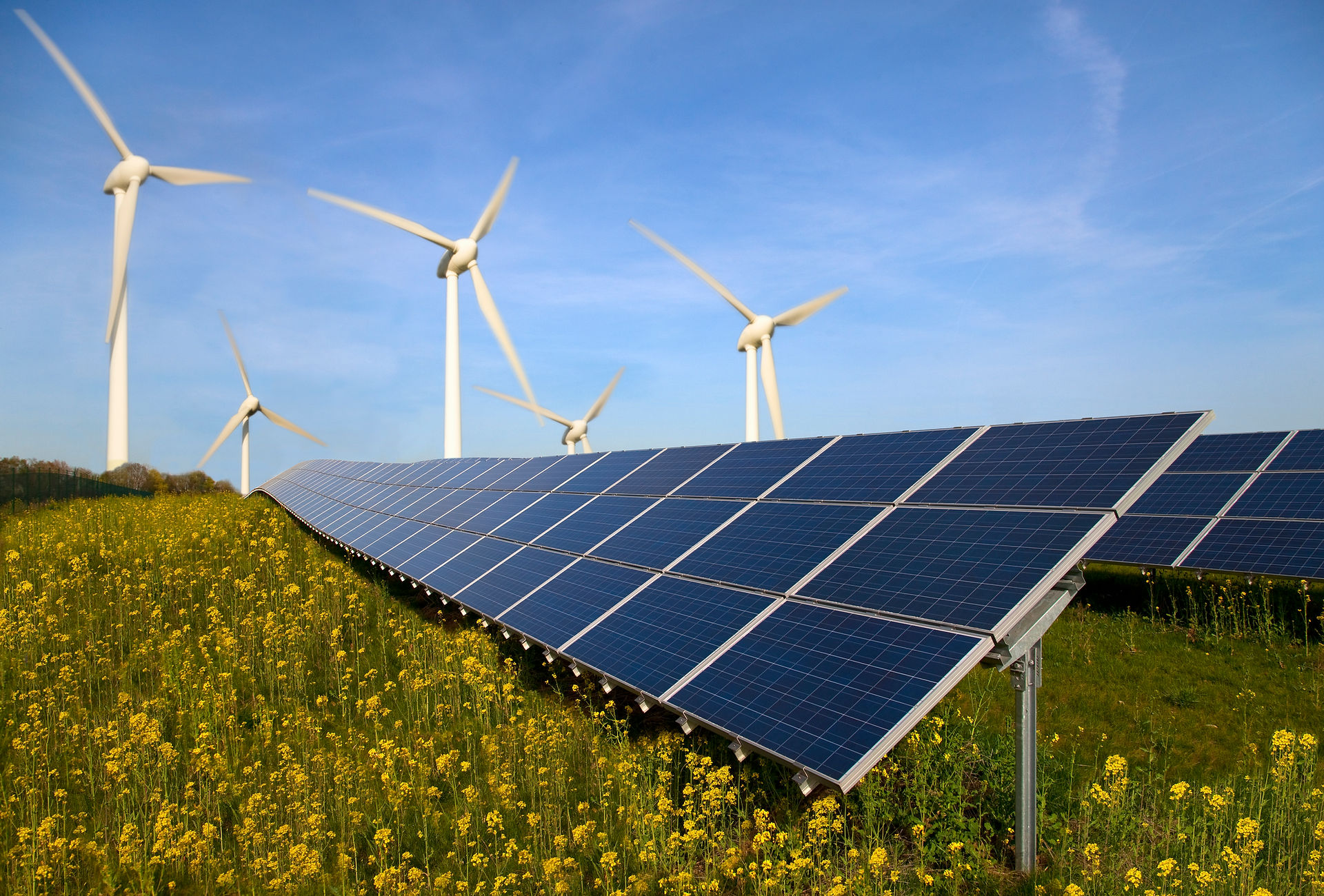Scientists stunned by Antarctic rainfall and a melt area bigger than Texas

A sheet of meltwater lasted for as long as 15 days in some places on the surface of the Ross Ice Shelf, the largest floating ice platform on Earth, during the Antarctic summer of 2016. (Agence France-Presse via Getty Images)
Scientists have documented a recent, massive melt event on the surface of highly vulnerable West Antarctica that, they fear, could be a harbinger of future events as the planet continues to warm.
In the Antarctic summer of 2016, the surface of the Ross Ice Shelf, the largest floating ice platform on Earth, developed a sheet of meltwater that lasted for as long as 15 days in some places. The total area affected by melt was 300,000 square miles, or larger than the state of Texas, the scientists report.
That’s bad news because surface melting could work hand in hand with an already documented trend of ocean-driven melting to compromise West Antarctica, which contains over 10 feet of potential sea level rise.
“It provides us with a possible glimpse of the future,” said David Bromwich, an Antarctic expert at Ohio State University and one of the study’s authors. The paper appeared in Nature Communications.
“You probably have read these analyses of West Antarctica, many people think it’s slowly disintegrating right now, and it’s mostly thought to be from the warm water eating away at the bottom of critical ice shelves,” Bromwich continued. “Well, that’s today. In the future, we could see action at the surface of these ice shelves as well from surface melting. So that makes them potentially much more unstable.”
The researchers, based at the Scripps Institution of Oceanography, Ohio State University, and a number of other institutions, were able to observe the melt event not because they were directly present but because they had set up a monitoring station deep in the heart of West Antarctica that detected a sharp warming of the atmosphere and the presence of clouds containing a large amount of moisture.
When that happened, Bromwich’s Ohio State team then went to satellites to determine what the consequences of the event had been, and microwave data showed the large melt event.
The resulting observations, from the satellites, suggest not that the Ross Ice Shelf was covered with lakes or pools, but rather, that liquid water mixed into the snow atop it.
“In some parts it could be slush for example, a mixture of ice and liquid water,” said Bromwich.
Here’s a figure the research team provided, showing the area and extent of the melt:

Number of days in January 2016 when surface melt was detected from passive microwave satellite observations. (Julien Nicolas)
The melting occurred during a strong El Niño event, which are known to bring added warmth to West Antarctica. Several other past melt events atop the Ross Ice Shelf have also coincided with El Niños.
In this case, the event brought moist air in from the ocean. The researchers report in their study that there even appears to have been rainfall atop the Ross Ice Shelf, and other parts of West Antarctica, a striking occurrence.
“The story of melt all over the ice shelf rattled through the science community as it happened,” said Robin Bell, an Antarctic researcher at the Lamont-Doherty Earth Institute at Columbia University who was not involved in the study. “Who had heard of rain in Antarctica — it is a desert!”
For now, the melt event didn’t have any big consequences — the ice shelf surface subsequently refroze, and that was that.
But it’s worrisome, Bromwich said, because of how it fits into a pattern predicted by a very influential study of Antarctica published last year, which used climate and ice sheet models to predict the possibility that there could be major ice loss in this century capable of driving as much as 4 feet of sea level rise from Antarctica alone.
That study, by Rob DeConto of the University of Massachusetts-Amherst and David Pollard of Penn State University, noted that in the future, West Antarctica’s ice shelves, which hold back massive glaciers, may not only melt from below due to their interactions with the ocean. The ice shelves may also begin to melt from above, causing liquid water to filter down into their depths and leading them to fracture apart.
If Antarctic ice shelves fracture — something that has already been observed to occur on the Greenland ice sheet and in some parts of Antarctica where warmer temperatures already occur — then that would allow the ice lodged behind them to flow into the ocean much more rapidly.
“These big melting events that we were studying in this paper is in exactly one of the critical areas that the DeConto and Pollard paper modeled big retreat in the Antarctic ice sheet,” said Bromwich. “So that’s the big significance here. It kind of shows how these big events could take place in the real world, not just the modeled world.”
Bromwich also notes that El Niño events could become more frequent in the future — causing the Antarctic ice sheet to be hit by more frequent major melt events. “I would say this shows in perhaps a more realistic way, how melting could proceed in the future,” he said.
“Melting is thought to be death to ice shelves,” Bell added. “This is the first well documented melt event where we can see how it happened.”

